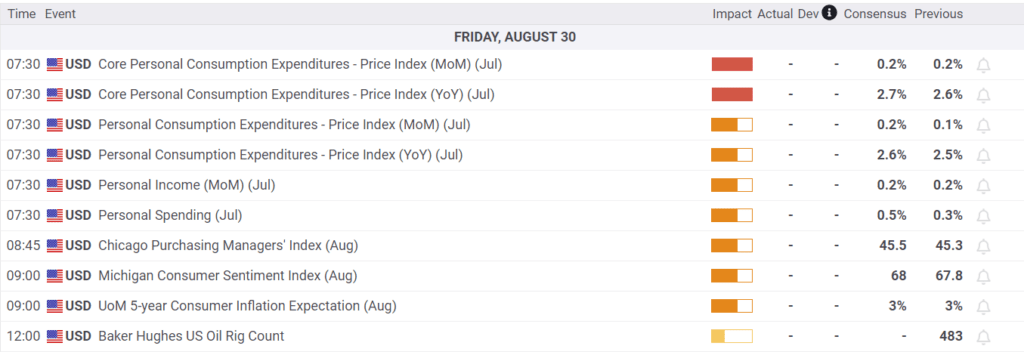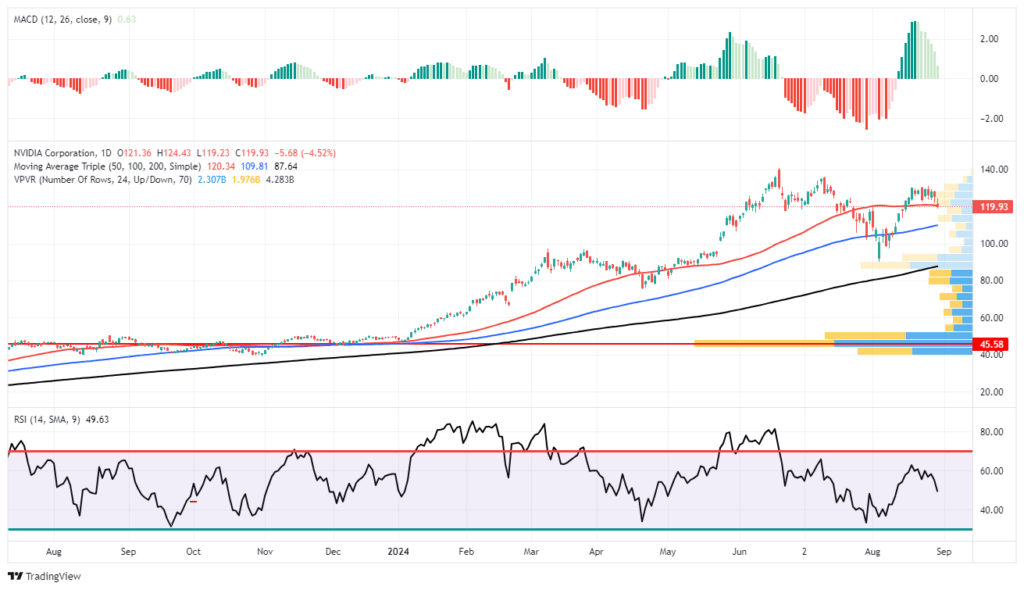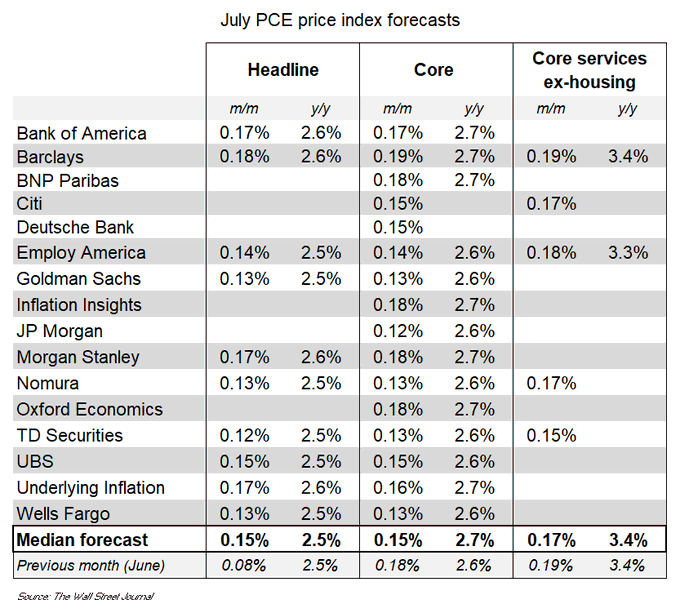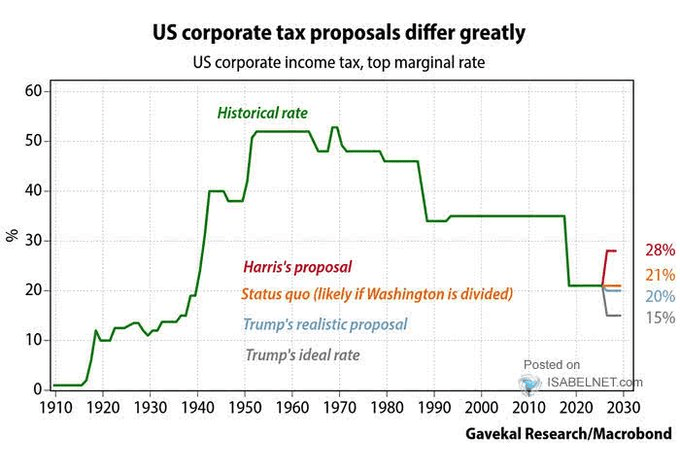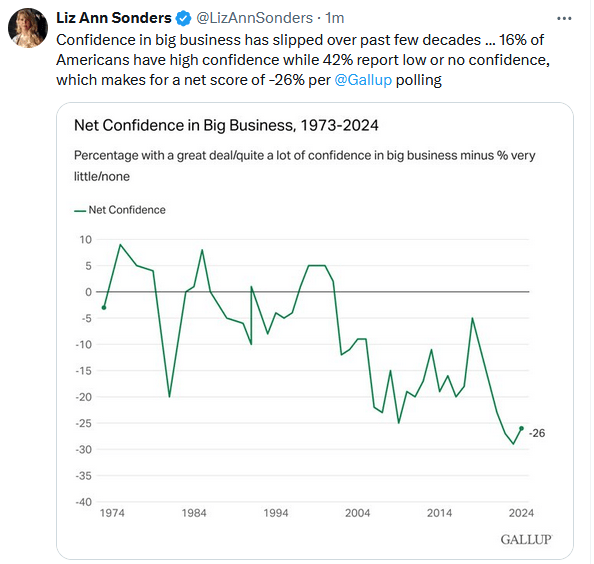At many quarter ends, the markets often exhibit unusual behavior. Moreover, the oddities leading up to quarter ends are frequently partially or fully reversed in the days following the quarter. The irregular activity is in part due to window dressing. Mutual funds are only required to share their holdings with investors quarterly. As such, they can buy and sell securities at quarter end to change the appearance of their portfolio. For example, they may want to add a hot stock or reduce a poorly performing sector at the quarter end but not hold the hot stock throughout the quarter. Ergo, window dressing trades can be very misleading.
The SEC is changing its rules to increase mutual funds and ETF transparency. From now on, mutual funds and ETFs must report their holdings at least monthly. This new rule will reduce some volatility and odd trading at quarter ends and distribute it to month ends. The rule change will not take effect until November 2025 for larger funds and May 2026 for funds with assets of less than $1 billion.
The graph below from Statista shows approximately $25 trillion of assets under management invested in mutual funds. Furthermore, although not shown, the Investment Company Institute estimates roughly $8.1 trillion in ETFs.
What To Watch Today
Earnings
- No notable earnings releases.
Economy
Market Trading Update
Yesterday’s release of Nvidia’s earnings, while strong, failed to impress and did not impact the market as widely expected. For the quarter, Nvidia reported:
- Q2 Rev. $30.04B, up 122% YoY, beating estimates of $28.86B, and beating not only the upper end of the guidance ($27.44BN-$28.56BN) but also above the JPM whisper number of $29.85BN.
- Q2 Data Center Revenue $26.3B, beating exp. $25.08B
- Q2 EPS is $0.68, up 152% YoY and beating the exp. $0.64
- Q2 Gross Margin 75.7%, up 4.5% YoY from 71.2, beating exp. 75.5%, but down from 78.9% in Q1.
The biggest worry seems to be gross margins, which slowed down and suggest Nvidia may have reached pricing limits for now. However, there is a lot of demand for Nvidia’s new Blackwell chip, which will be coming to market later this year. If sales go as expected versus expected supply, we could see margins expand once again.
Technically, the stock price is stretched with declining momentum (top panel). Notably, there is not much price support until the stock retraces to the recent lows, where buyers stepped in during the “Yen Carry Trade” correction. We have reduced our position twice since July (July 19th and August 26th) to mitigate the risk of a disappointing report. In the long term, we still like our holding in Nvidia, but we suspect we could see a more extended period of volatility until the next buying opportunity presents itself.
PCE Expectations
The table below, courtesy of the Wall Street Journal, shows major bank forecasts for today’s PCE price index. The current consensus for both monthly core and headline PCE is +0.2%. As shown below, the median forecast for the big banks is slightly below that at +0.15%. Assuming the PCE data is aligned with the median estimates below or the consensus, the Fed will most likely cut rates in September. The only thing that could stop them is a very strong employment number next week. Nothing in the weekly claims data or regional surveys leads us to believe the state of the jobs market has changed materially in the last month.
Corporate Tax Rates Rest On The Election Results
The graph below, courtesy of Gavekal Research and ISABELNET.com, shows the differences in corporate tax proposals for the two Presidential candidates.
As shown below, the Tax Cuts and Jobs Act slashed the corporate tax rate from 35% to 21% in 2017. There were also tax cuts for individuals. Both personal and corporate tax cuts stimulated the economy at the expense of less government revenue. The debate for another day is whether the extra economic growth made up for the lost tax revenue. However, at this time, we must assess whether the candidates will continue with the current rates or let them expire and revert to higher rates. Therefore, the political composition of Congress and the next President will potentially be impactful to tax policy and, ultimately, the economy and markets.
Tweet of the Day
“Want to achieve better long-term success in managing your portfolio? Here are our 15-trading rules for managing market risks.”




